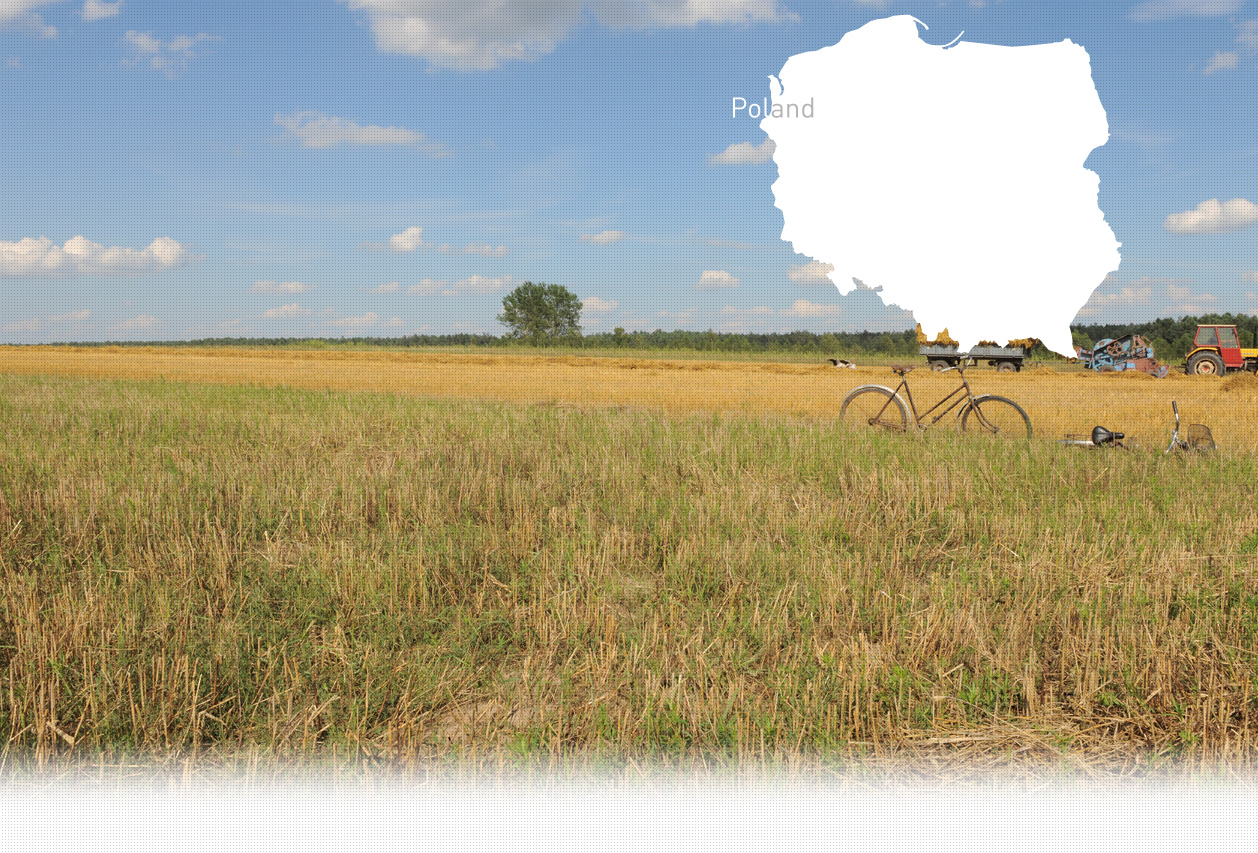

4 Killing site(s)
Irena M., born in 1935, recalls: « I remember a scene but I don’t know if they were Jews or Poles. Back then I was just a little child of seven or eight years. There wasn’t any building here, only sand. We had a barn on our property because my father was a farmer. Very often, we heard the gunshots coming from the sand quarry. As a child this is what I remember: when I looked through a crack in the door, I saw a German standing. I don’t remember if there were two or only one Jew. But in any cases, they were killed here, [at the sand quarry]. I don’t know if they were Poles or Jews, but every time there were only men who were brought and killed here.” (Witness n°681, interviewed in Białobrzegi on June 7th, 2017).
“Autumn 1942 : Local gendarmes shot a Jewish men, owner of a restaurant, Dawid Kohna, born in 1892. He was buried at the local cemetery.“ Register of Nazi crimes in Poland; Radomskie: Source: OK Kielce, Ds 1/68]
Białobrzegi is located on the Pilica River, 73 km south of Warsaw. The first records about the Jews in the city go back to the 18th century. Back then, they represented about 27% of the total population. By 1862, the Jewish community grew and represented more than a half, 58%, of the total population. They had a synagogue and their own cemetery. The majority of the Białobrzegi Jews were traders or artisans. According to the local witnesses Jewish and Polish children went to the same school. On the eve of the Second World War 1,814 Jews lived in Białobrzegi, comprising 60% de the total population.
Białobrzegi was occupied by Germans on September 9th, 1939. Straight after the German arrival the anti-Jewish measures were implemented. The Jews were subjected to pay contributions and perform forced labor.
An open ghetto was created in the western part of the town. The Jews were allowed to walk freely and work until it was closed in January 1942. Some Polish families, as the family of the witness interviewed by Yahad, continued to live on the ghetto’s territory among the Jews. The Jewish population of Białobrzegi increased systematically due to arrival of Jewish refugees from Stromiec, Wysmierzyce, Warsaw and Jedlinsk, and other towns around. Once the ghetto was fenced in, it was forbidden to leave its territory under the penalty of death. In that way, many Jews were shot dead on the streets in the course of isolated shootings in September 1942. The ghetto was liquidated on October 1, 1942, by German Gendarmerie and Security police. They were assisted by Polish and Ukrainian police. On this day, according to historical sources, about 200 Jews, or 125 according to the Polish commission who exhumed the bodies, mainly sick, or elderly, or those found in hiding, were shot dead. Their bodies were buried at the Jewish cemetery. After a selection conducted at the market place another 3,500 Jews were taken to the train station in Dobieszyn, from there they were deported in cattle wagons to the Treblinka extermination camp. The selected 200 Jews, men and women, remained in the town until the Germans didn’t need any free forced labor. They were sent to Skarzysko-Kamienna camp, and then from there either to Auschwitz or other concentrations camps.
Do you have additional information regarding a village that you would like to share with Yahad ?
Please contact us at contact@yahadinunum.org
or by calling Yahad – In Unum at +33 (0) 1 53 20 13 17